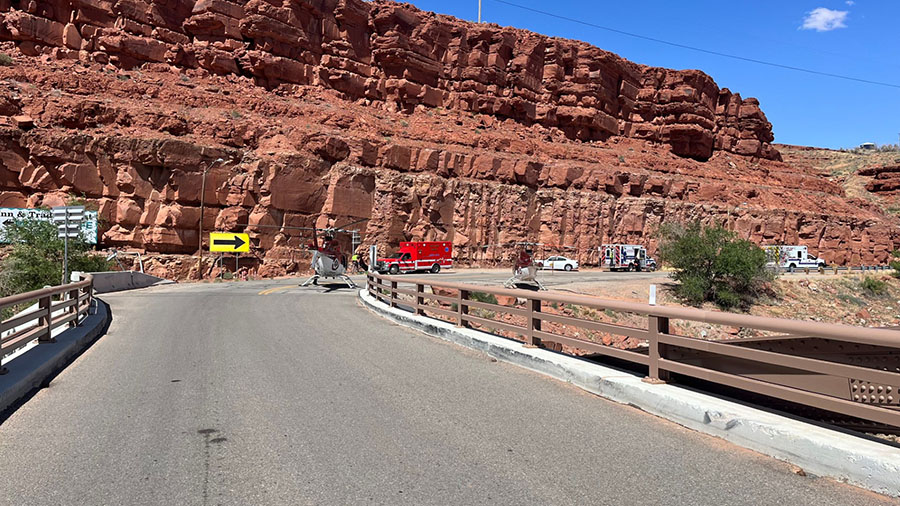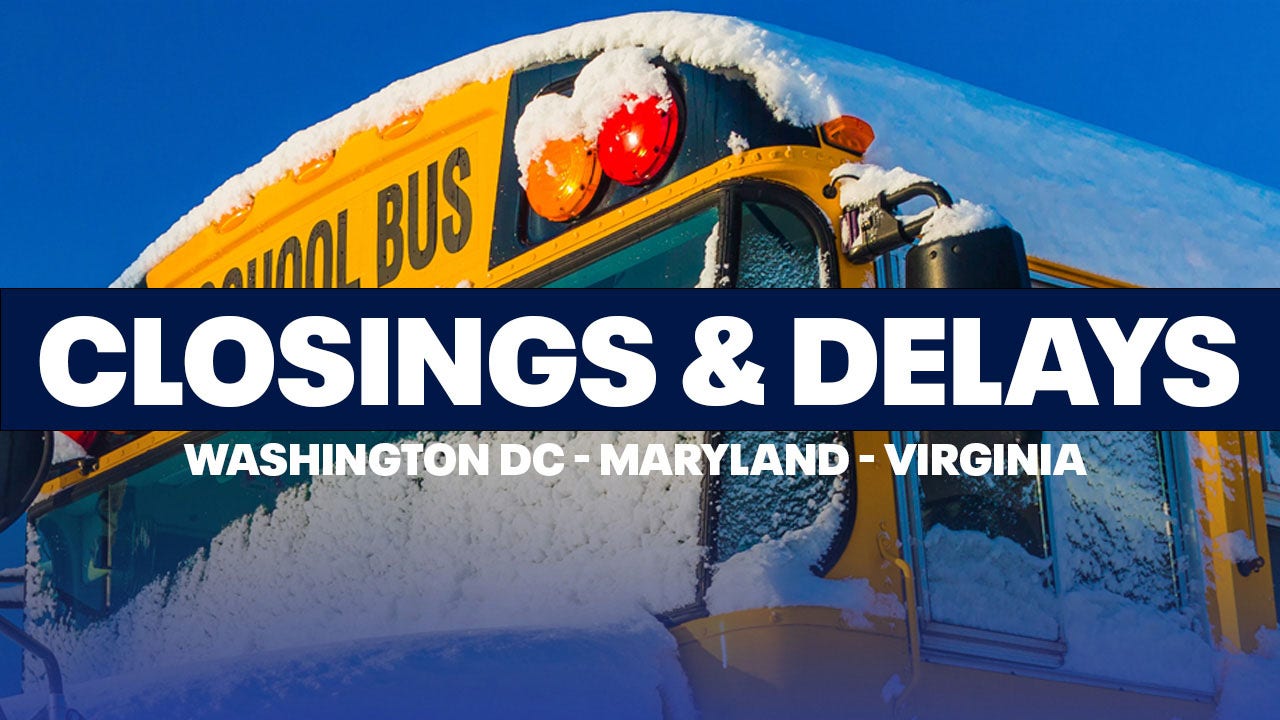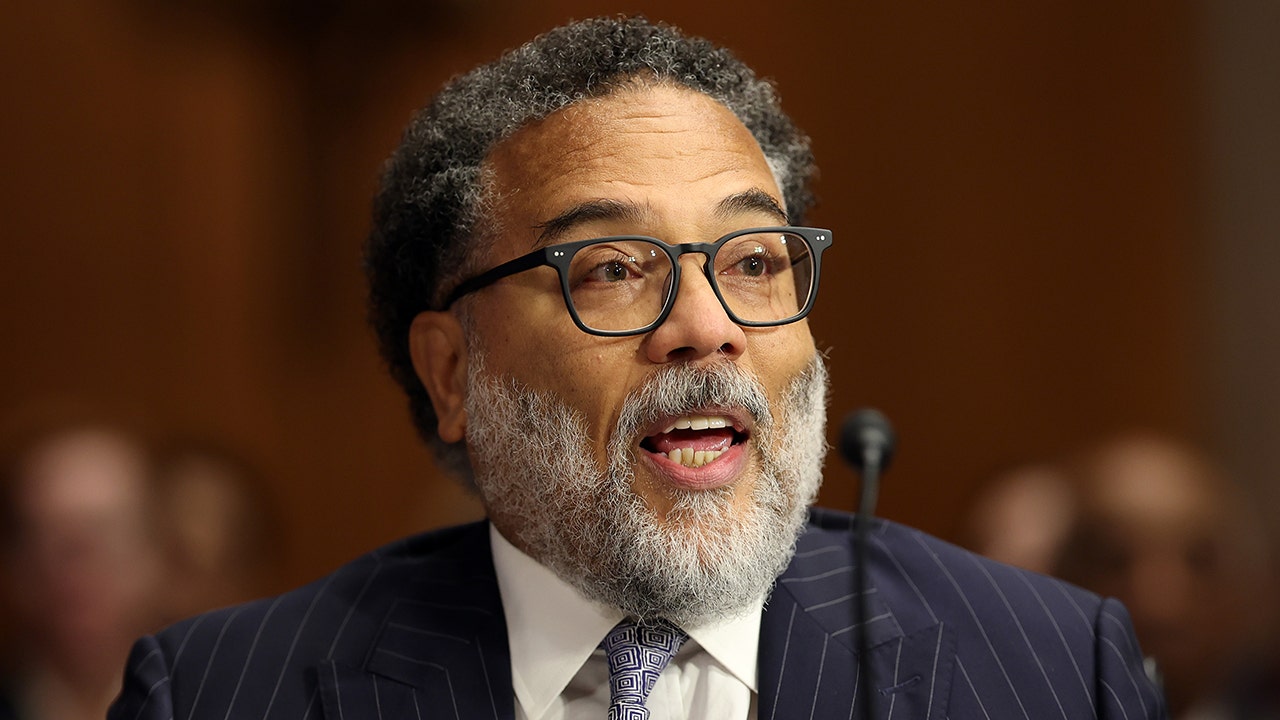Arizona
Driver killed in single-vehicle crash near Utah-Arizona borders

SAN JUAN COUNTY, Utah — A driver was killed in a crash while crossing the San Juan River at the Mexican Hat bridge Friday afternoon.
According to a Utah Highway Patrol statement, the crash happened at approximately 1:56 p.m. on State route 163 near milepost 21.
The car was traveling northbound and failed to navigate a 90-degree right-hand turn causing it to strike the cliff wall. The driver sustained a fatal injury due to the crash.
UHP is investigating if impairment or a medical condition was a factor in the crash.

Arizona
Arizona is too much to handle as WVU's seven-game winning streak is snapped

No. 21 West Virginia entered Tuesday night’s game against Arizona winning their last seven as well as being ranked for the first time this season.
The Mountaineers and Wildcats were familiar with each other, facing off back in November. West Virginia got the best of them then, but Arizona was too much to handle for the Mountaineers this time around, as WVU’s win streak came to an end, falling 75-56 at the WVU Coliseum.
The Mountaineers would get off to a slow start offensively as Arizona was able to slow down Javon Small. Small, who was named the Naismith Trophy National Player of the Week for his efforts last week, struggled to get in rhythm and that could be felt throughout the rest of the Mountaineer offense.
Small attempted 11 of West Virginia’s 26 shot attempts in the first half as the Mountaineers struggled to find any flow on that side of the ball. West Virginia trailed 27-17 before Small would be able to pull West Virginia within reach. Small scored five straight points, as WVU trailed by five with 7:08 to play in the first half.
That’s as close as the Mountaineers would get as West Virginia went on a four-plus minute scoring drought as Arizona stretched its lead to 11 at halftime. The Wildcats were very active on the glass in the opening 20 minutes, out-rebounding WVU, 20-13 and they had a 10-point advantage on points in the paint.
The second half started the same way the first half ended for West Virginia. They struggled offensively, as their first points didn’t come until the 17:32 mark of the first half as Arizona’s lead stretched to 15.
The Mountaineers would then catch fire from the field, making six straight field goals, as they went on a 9-0 run, cutting Arizona’s lead to just five as the Wildcats called a timeout with 2:31 to play. During the run, Sencire Harris made back-to-back threes, the second time in as many games he’s knocked down two triples after missing his first 28 3-point attempts of the season.
Arizona would respond soon thereafter, going on a 9-0 run across a 2:40 stretch, as a KJ Lewis 3-pointer put Arizona in front 62-47 and forced a Mountaineer timeout with 9:46 to play.
On Arizona’s run, the Mountaineers struggled to stop them on the glass. The Wildcats were able to get second and third chances as well as seemingly got to almost every 50-50 ball. The Wildcats finished the game with nine second-chance points as well as owned the rebounding advantage, 40-31.
In the end, West Virginia’s defense was unable to slow down the guard play of Arizona.
Between Jaden Bradley, Caleb Love, and Lewis, they scored a combined 45 points.
Arizona scored 36 points in the paint, and their seven 3-pointers made were tied for the second most they’ve made this season. Arizona shot 51 percent from the field, which was the best an opponent has shot from the field against WVU. this season.
West Virginia turned the ball over 10 times, leading to 15 points for the Wildcats. The Mountaineers shot 36 percent from the field and went 8-for-29 from beyond the arc.
West Virginia was dealt with more unfortunate injury news pregame as KJ Tenner was out due to an injury he suffered against Oklahoma State on Saturday. Tenner joined Tucker DeVries and Jayden Stone as Mountaineers to be out due to injury.
Arizona
The Republic awarded grant to focus on education solutions, cover bilingual communities
Watch The Republic’s coverage of Arizona in 2024
From the Phoenix Open to Election Day, from ‘Gilbert Goon’ violence to ASU’s Big 12 championship, The Republic covered it all in Arizona in 2024.
The Republic
The Arizona Republic was among the 15 local newsrooms awarded multiyear funding by the Arizona Local News Foundation through its Arizona Community Collaborative program to expand journalism about education solutions in the state.
The initiative, designed to create measurable change in access to information and improve Arizona’s education system, has raised $2 million and continues fundraising to expand to more newsrooms.
“This is one of the most ambitious efforts in Arizona’s history to empower local media and tackle one of our state’s most pressing challenges,” said Chris Kline, president and CEO of the Arizona Media Association and the Arizona Local News Foundation. “With immediate effect, this collaborative will dramatically expand community conversation and launch new discussions about how to improve Arizona education for students of all ages. We are setting out to prove that collaboration at scale can create a better future for all Arizonans.”
This award will support the expansion of The Republic’s education coverage, currently handled by two reporters. Madeleine Parrish covers the nearly 60 school districts across Maricopa County, focusing on emerging education policy trends and districts’ innovative programs. Helen Rummel focuses on higher education, reporting on the state’s three public universities and the community college system in Maricopa County.
The new position will prioritize stories about communities that face challenges accessing critical information due to income and language barriers, ensuring more inclusive and equitable coverage. It will also enhance our reporting on dual-language programs and equity-focused education issues.
After a competitive application process with submissions from 40 Arizona newsrooms, the selected grantees represent a mix of news outlets across a wide geographic area. The funding will enable these outlets to hire reporters focusing exclusively on education solutions reporting. They will cover urban and rural communities on digital, print, radio and TV platforms.
Flagstaff:
Lake Havasu:
Metro Phoenix:
- Independent News Media
- KAET-TV
- KPNX-TV
- KTAR-FM
Pinal County:
- Casa Grande Valley Newspapers
Prescott:
Southern Arizona:
Statewide:
- The Arizona Republic
- Arizona Center for Investigative Reporting
- Univision Arizona
Tucson:
Yuma:
- Colorado River Public Media
This is the second Arizona Community Collaborative sponsored by the Arizona Local News Foundation and its sister organization, the Arizona Media Association, the nonprofit corporation that acts as the official trade association for Arizona’s local radio, TV, print and digital media industry.
The first partnership focused on Arizona’s 2024 elections, broadcasting 29 debates for races that included Arizona’s U.S. Senate seat, U.S. congressional districts, Arizona Corporation Commission seats, select county-level races and multiple ballot propositions in partnership with the Arizona Citizens Clean Elections Commission and dozens of local media brands. The Republic was instrumental in establishing the association and continues to be an active collaborator.
Silvia Solis is the director of partnerships and community relations at The Arizona Republic and azcentral.com. She can be reached at silvia.solisgarza@gannett.com or 602-239-4413.
Arizona
Solution to Arizona's water crisis? Local researcher hopes so, sharing breakthrough in desalination technology

TUCSON, Ariz. (KGUN) — Two years ago, Arizona state leaders were actively exploring the idea of a binational desalination plant that would bring water from the Sea of Cortez to the state. The plan, spearheaded by former Governor Doug Ducey, aimed to address the state’s growing water shortage. However, after facing backlash from water authorities and a lack of transparency, the project ultimately fell through. Later, Governor Katie Hobbs redirected funds away from long-term water supply projects, further pushing desalination off the table for the time being.
Despite these setbacks, one local researcher has continued to push the boundaries of desalination technology and is hopeful that his breakthroughs could provide a solution to the ongoing water crisis in Arizona. Professor Mark Witten, a researcher at the University of Arizona, has spent the past 17 years finding ways to efficiently remove salt from seawater.
In 2023, he shared his efforts with the public, explaining how his low-energy desalination technology could significantly reduce the cost and energy consumption typically associated with removing salt from seawater.
“We’ve gotten to the point where we can take out 99% of the salt from simulated ocean water,” said Witten, reflecting on his progress.
His recent work has culminated in a groundbreaking discovery that allows for the removal of 335 parts per million (ppm) of concentrated salt, which is the same salinity level found in Earth’s oceans.
He was initially working with a silicon disc, and decided to try isolating salt by using a reactive metal. He experimented with tungsten, copper, iron, and magnesium. Witten described finding success with a small magnesium disc, so he purchased a larger disc.
Witten recalled, “When I first did the first experiment. I just bought a brand new salinity meter from Amazon, and it registered 333 parts per million after I did the desalination. Remember, I started out at 35,000 parts per million. So I thought something was wrong with my new salinity meter. So I went into my kitchen, filled a glass of water, and measured the salinity. It was 425 parts per million and I almost fainted because I thought I had hit the jackpot.”
Witten is confident that his technology can make a real difference. “Our technology, we believe, can produce an acre-foot of water for less than $400,” he said. An acre-foot is equivalent to one acre of land covered by a foot of water, a standard unit of measurement for water volume.
Beyond providing freshwater, Witten hopes his technology will provide more resources. He highlights that the salt could contain lithium, an essential component for electric vehicle batteries, which could help further support the green energy industry.
“We plan to collect the salt and mine lithium from it,” Witten explained. “The electric vehicle industry cannot grow without more lithium, and this could help address that challenge as well.”
As Arizona faces the very real threat of water scarcity, Witten’s innovative desalination technology offers a potential solution to one of the state’s most pressing issues. He believes that large-scale desalination could help protect Arizona’s future by ensuring a more stable and sustainable water supply.
“The future growth of this state, and the other states in the Colorado River Compact, is in danger because we don’t have enough water,” said Witten.
As the state continues to grapple with its water challenges, Witten sees a future where the ocean could provide an answer to Arizona’s water shortage. Witten’s next steps involve getting an industrial prototype of his desalination technology off the ground.
——-
Reyna Preciado is a reporter for KGUN 9, she joined the KGUN 9 team in July of 2022 after graduating Arizona State University. Share your story ideas with Reyna by emailing reyna.preciado@kgun9.com or by connecting on Instagram, or Twitter.
-

 Business7 days ago
Business7 days agoThese are the top 7 issues facing the struggling restaurant industry in 2025
-

 Culture7 days ago
Culture7 days agoThe 25 worst losses in college football history, including Baylor’s 2024 entry at Colorado
-

 Sports6 days ago
Sports6 days agoThe top out-of-contract players available as free transfers: Kimmich, De Bruyne, Van Dijk…
-

 Politics5 days ago
Politics5 days agoNew Orleans attacker had 'remote detonator' for explosives in French Quarter, Biden says
-

 Politics5 days ago
Politics5 days agoCarter's judicial picks reshaped the federal bench across the country
-

 Politics3 days ago
Politics3 days agoWho Are the Recipients of the Presidential Medal of Freedom?
-

 Health2 days ago
Health2 days agoOzempic ‘microdosing’ is the new weight-loss trend: Should you try it?
-

 World7 days ago
World7 days agoIvory Coast says French troops to leave country after decades


















